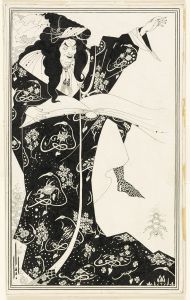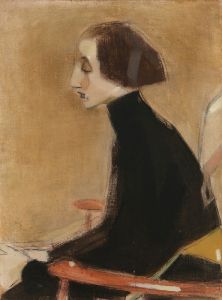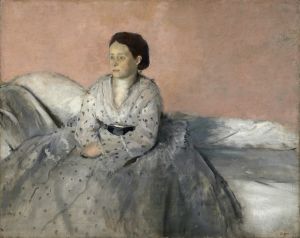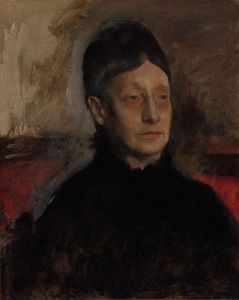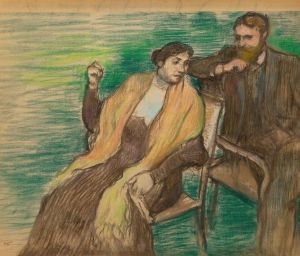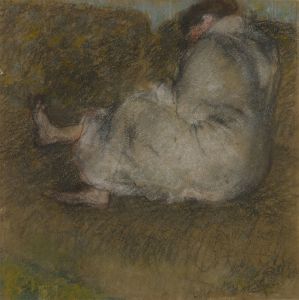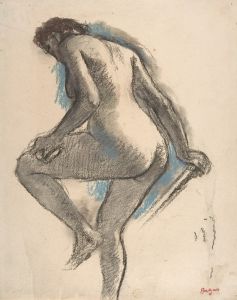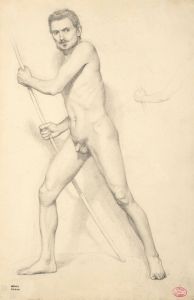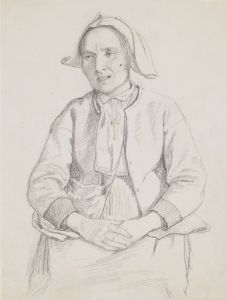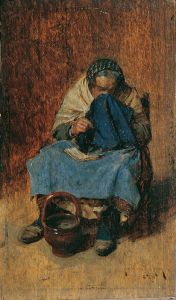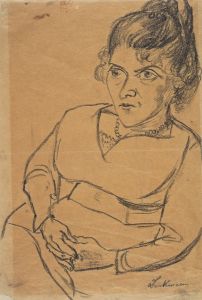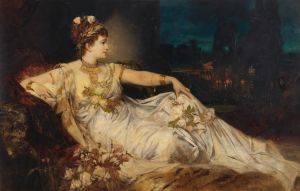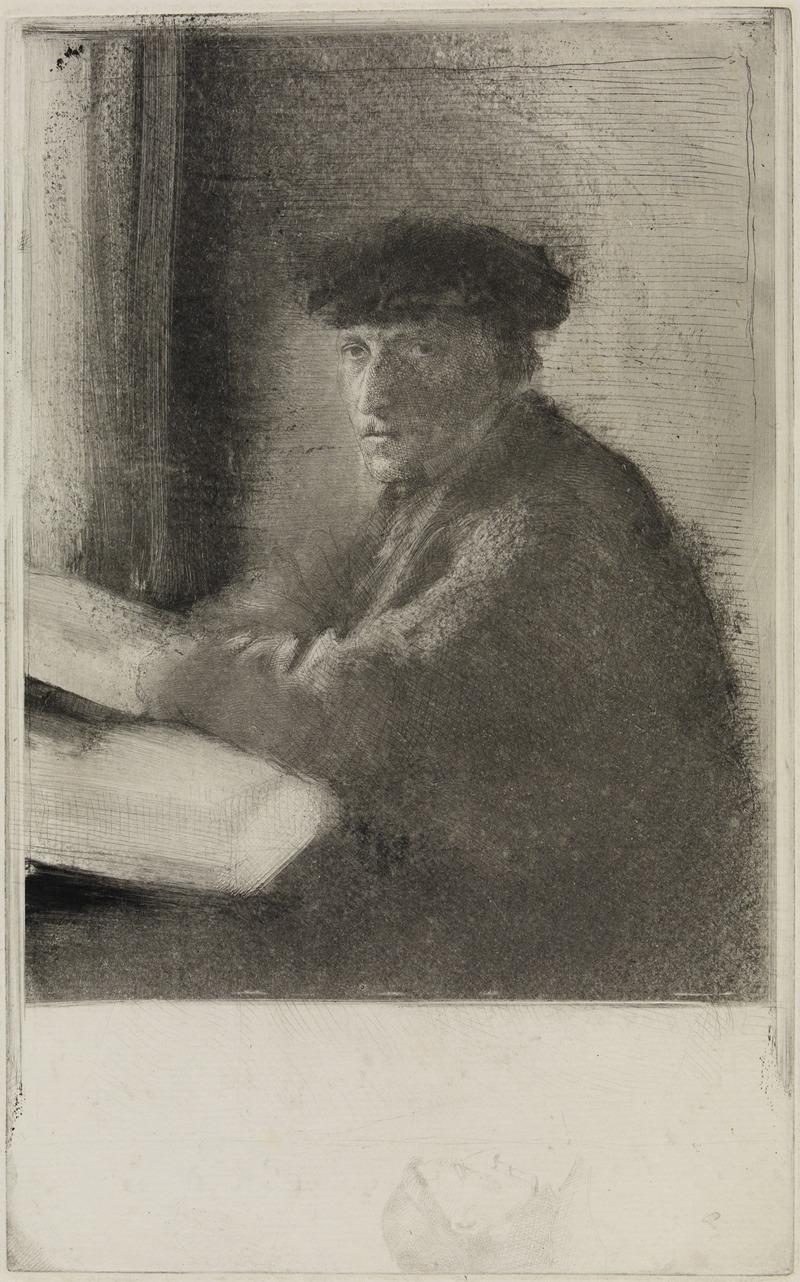
Der Stecher Joseph Tourny, in halber Figur
A hand-painted replica of Edgar Degas’s masterpiece Der Stecher Joseph Tourny, in halber Figur, meticulously crafted by professional artists to capture the true essence of the original. Each piece is created with museum-quality canvas and rare mineral pigments, carefully painted by experienced artists with delicate brushstrokes and rich, layered colors to perfectly recreate the texture of the original artwork. Unlike machine-printed reproductions, this hand-painted version brings the painting to life, infused with the artist’s emotions and skill in every stroke. Whether for personal collection or home decoration, it instantly elevates the artistic atmosphere of any space.
Edgar Degas, a prominent French artist associated with the Impressionist movement, is renowned for his works that capture the nuances of human movement and expression. One of his lesser-known works is "Der Stecher Joseph Tourny, in halber Figur." Unfortunately, there is limited information available about this specific piece, and it is not widely documented in art historical records or major collections.
Degas was born on July 19, 1834, in Paris, France, and he developed a keen interest in art from a young age. He studied at the École des Beaux-Arts in Paris and spent time in Italy, where he was influenced by the classical art of the Renaissance. Degas is best known for his paintings, sculptures, prints, and drawings, with a particular focus on dancers, racehorses, and scenes of Parisian life.
Throughout his career, Degas was fascinated by the human form and movement, often capturing fleeting moments with a sense of immediacy and intimacy. His works are characterized by their innovative compositions, use of light and shadow, and a keen observation of everyday life. Degas was also known for his experimentation with various media, including oil paint, pastels, and sculpture.
The title "Der Stecher Joseph Tourny, in halber Figur" suggests a portrait or depiction of a figure named Joseph Tourny, possibly in a half-length format. However, there is no substantial documentation or analysis available regarding this specific work. It is not listed among Degas's most famous or frequently studied pieces, such as "The Ballet Class" or "The Absinthe Drinker."
Degas's approach to portraiture often involved capturing the essence of his subjects through subtle expressions and gestures. He had a unique ability to convey the personality and mood of his subjects, often using unconventional angles and perspectives. This approach set him apart from many of his contemporaries and contributed to his lasting influence on modern art.
Despite the lack of detailed information about "Der Stecher Joseph Tourny, in halber Figur," it is likely that the work reflects Degas's characteristic style and thematic interests. His portraits often reveal a deep understanding of human psychology and a commitment to depicting the truth of his subjects, rather than idealized versions.
Degas's legacy as an artist is profound, with his works continuing to be celebrated and studied for their technical mastery and innovative approach to capturing the human experience. His influence can be seen in the works of later artists who sought to explore similar themes of movement, light, and the complexities of modern life.
In conclusion, while specific details about "Der Stecher Joseph Tourny, in halber Figur" remain elusive, Edgar Degas's broader body of work provides valuable insights into his artistic vision and contributions to the art world. His dedication to exploring the intricacies of human movement and emotion has left an indelible mark on the history of art.





